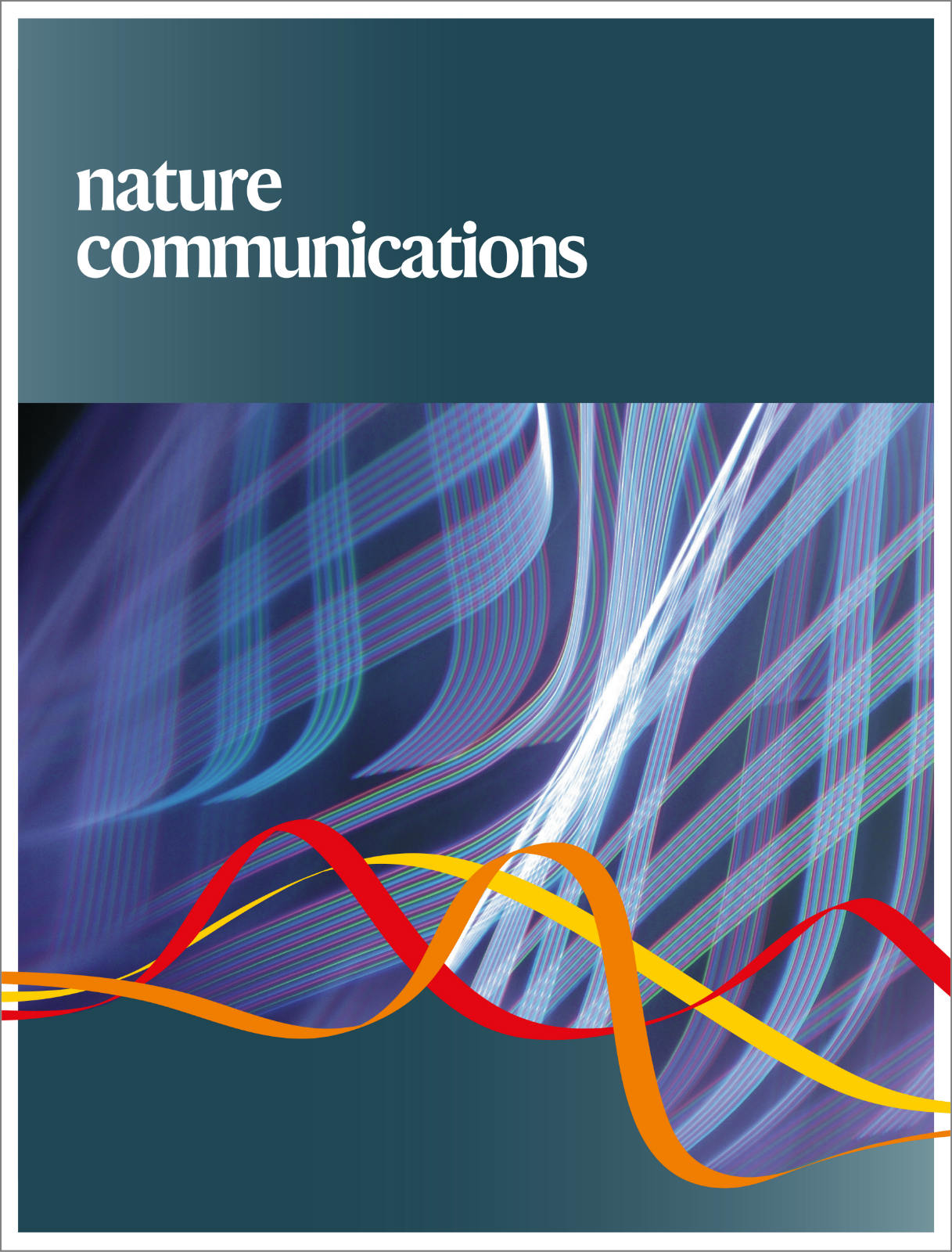PROCR通过损害t细胞介导的抗肿瘤免疫来降低辐射的疗效。
IF 15.7
1区 综合性期刊
Q1 MULTIDISCIPLINARY SCIENCES
引用次数: 0
摘要
放疗对T细胞依赖性抗肿瘤免疫的重编程对其疗效至关重要。然而,肿瘤细胞阻碍这一过程的机制仍然知之甚少。在这里,我们发现表达蛋白C受体(PROCR)的肿瘤细胞通过促进白细胞介素-6 (IL-6)的产生来抑制抗肿瘤免疫,IL-6抑制T辅助1 (Th1)细胞的分化并抑制CD8+ T细胞的功能。我们还证明,放射治疗通过调节p62磷酸化(一个由mTORC1信号传导控制的过程)减少其选择性自噬降解,从而增强PROCR表达。这表明PROCR上调是细胞对辐射的内在反应。靶向PROCR或IL-6可提高临床前模型(包括人源化小鼠和免疫功能小鼠)的放疗效果。在鼻咽癌患者中,PROCR的高表达与Th1细胞浸润减少、CD8+ T细胞功能状态恶化相关。同时,PROCR或IL-6水平升高与放疗反应性降低有关。这些发现确定了PROCR是与放疗耐药相关的关键免疫抑制因子,并强调了其作为提高治疗效果的治疗靶点的潜力。本文章由计算机程序翻译,如有差异,请以英文原文为准。
PROCR diminishes the efficacy of radiation by impairing T-cell-mediated antitumour immunity.
T cell dependent anti-tumour immunity reprogrammed by radiotherapy is critical for its efficacy. However, the mechanisms by which tumour cells hinder this process remain poorly understood. Here, we show that tumour cells expressing protein C receptor (PROCR) dampen antitumour immunity by promoting the production of interleukin-6 (IL-6), which inhibits the differentiation of T helper 1 (Th1) cells and suppresses the function of CD8+ T cells. We also demonstrate that radiation therapy enhances PROCR expression by reducing its selective autophagic degradation through the modulation of p62 phosphorylation, a process governed by mTORC1 signalling. This suggests that PROCR upregulation is an intrinsic cellular response to radiation. Targeting PROCR or IL-6 improves the efficacy of radiotherapy in preclinical models, including humanized mice and immunocompetent mice. In patients with nasopharyngeal carcinoma, higher PROCR expression correlates with reduced Th1 cell infiltration and worse functional state of CD8+ T cells. Meanwhile, elevated levels of PROCR or IL-6 are associated with reduced responsiveness to radiotherapy. These findings identify PROCR as a key immunosuppressive factor linked to radiotherapy resistance and highlight its potential as a therapeutic target to enhance treatment outcomes.
求助全文
通过发布文献求助,成功后即可免费获取论文全文。
去求助
来源期刊

Nature Communications
Biological Science Disciplines-
CiteScore
24.90
自引率
2.40%
发文量
6928
审稿时长
3.7 months
期刊介绍:
Nature Communications, an open-access journal, publishes high-quality research spanning all areas of the natural sciences. Papers featured in the journal showcase significant advances relevant to specialists in each respective field. With a 2-year impact factor of 16.6 (2022) and a median time of 8 days from submission to the first editorial decision, Nature Communications is committed to rapid dissemination of research findings. As a multidisciplinary journal, it welcomes contributions from biological, health, physical, chemical, Earth, social, mathematical, applied, and engineering sciences, aiming to highlight important breakthroughs within each domain.
 求助内容:
求助内容: 应助结果提醒方式:
应助结果提醒方式:


